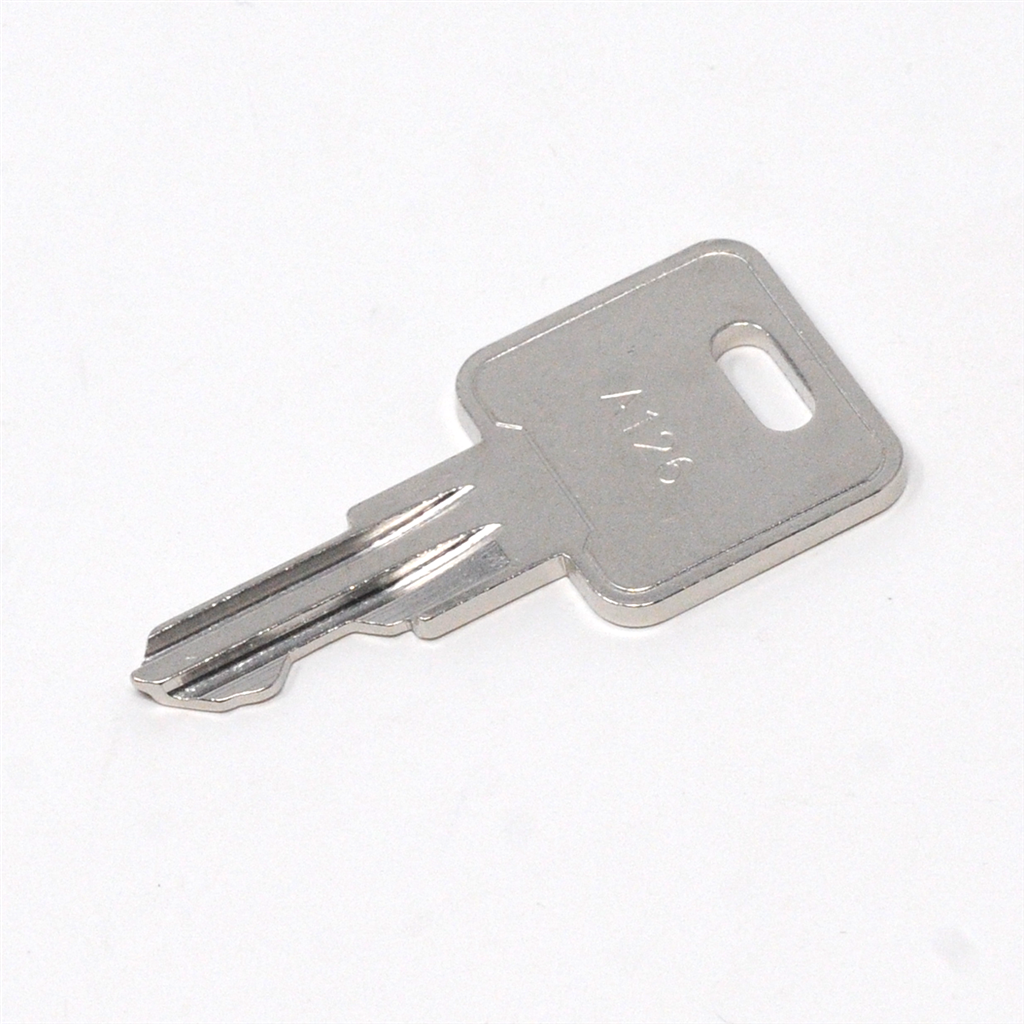

The radar is capable of simultaneous air and sea search, fighter control and area search, with a maximum range of over 600 km (look-up mode). The electronically scanned AEW and surveillance radar is located on a dorsal fin on top of the fuselage, dubbed the "top hat", and is designed for minimal aerodynamic effect. It uses the Northrop Grumman Electronic Systems Multi-role Electronically Scanned Array (MESA) radar. The 737 AEW&C is roughly similar to the 737-700ER. In 1999, Australia awarded Boeing Integrated Defense Systems a contract to supply four AEW&C aircraft with options for three additional aircraft. In 1996, Australia issued a request for proposal (RFP) for the aircraft for the RAAF under Project Wedgetail, which refers to the indigenous eagle. Further studies led to the approval of the first phase of Project AIR 5077 in 1994. The Australian Department of Defence evaluated industry proposals for airborne surveillance and early warning systems as early as 1986. In April 2022, the United States Air Force announced that the AEW&C will be replacing the E-3 beginning in 2027. The 737 AEW&C has also been selected by the Turkish Air Force (under "Project Peace Eagle", Turkish: Barış Kartalı, designated E-7T, the Republic of Korea Air Force ("Project Peace Eye", Korean: "피스 아이"), and the United Kingdom (designated Wedgetail AEW1). It was designed for the Royal Australian Air Force (RAAF) under "Project Wedgetail" and designated E-7A Wedgetail. It is lighter than the 707-based Boeing E-3 Sentry, and has a fixed, active electronically scanned array radar antenna instead of a rotating one. The Boeing 737 AEW&C is a twin-engine airborne early warning and control aircraft based on the Boeing 737 Next Generation design.

Boeing Defense, Space & Security (modifications)īoeing Commercial Airplanes (original 737 Next Generation design)


 0 kommentar(er)
0 kommentar(er)
